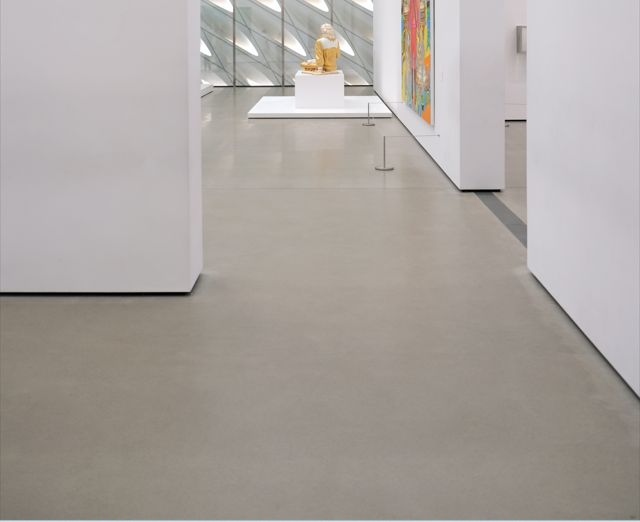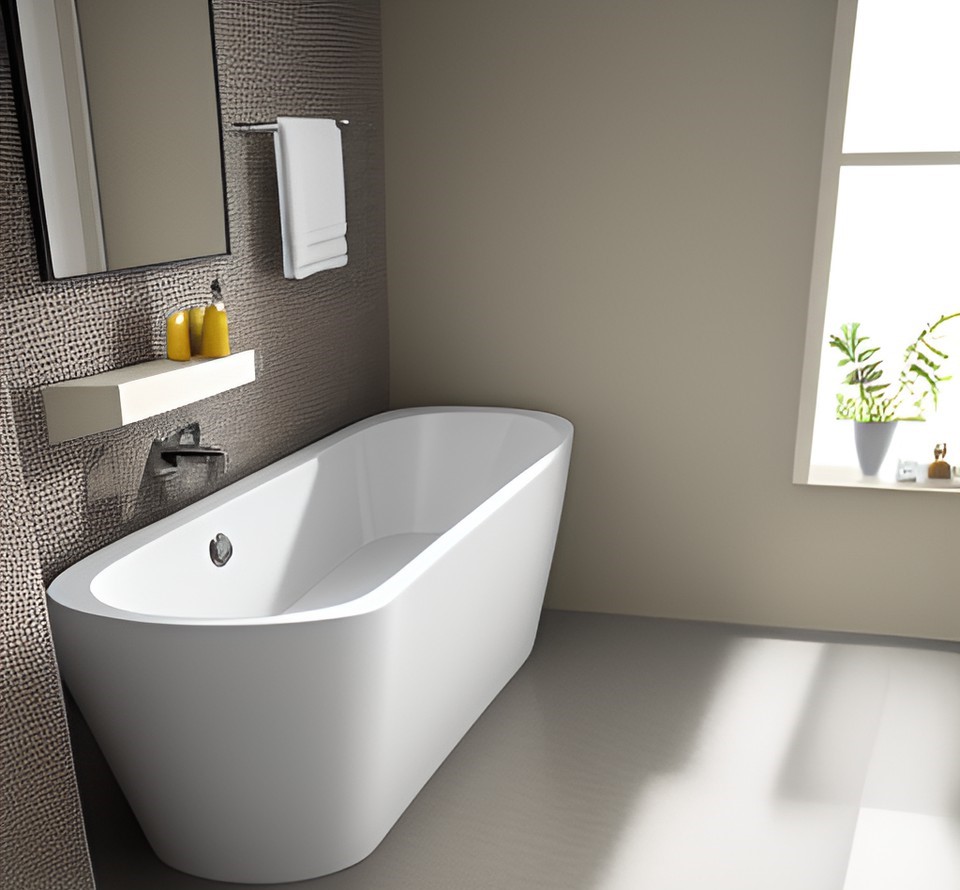The Ultimate Guide: What Is The Difference Between Microcement And Concrete?
Concrete and microcement are two examples of the large range of materials used in the arena of building and construction, which makes significant use of a wide range of building supplies. On the other hand, a high proportion of individuals often wonder aloud whether they are discussing the same topic.

We’ll look at how microcement and concrete are similar and how they vary in this in-depth session. In addition, we will provide a response to the following question: Is there a substantial difference between microcement and concrete, or may one be substituted for the other?
What is Microcement?
A smooth and seamless finish on walls, floors, and other surfaces may be achieved by applying a microcement coating, which is made up of a very thin layer of a cement-based coating. A microcement coating may be used to achieve this. This coating may be applied to almost any surface. It has grown in popularity in recent years because to the several applications that can be made of it, the amount of time that it can be used for, and the aesthetic value that it has.

Microcement is a composite material made up of cement, water, polymers, and other additives that provide strength, flexibility, and cracking and abrasion resistance. Microcement may be used to build bridges, tunnels, and other subsurface constructions. Microcement has several applications in the construction sector. The use of microcement in the building of subterranean structures such as bridges, tunnels, and other man-made passages might be very beneficial. It is applied in extremely thin layers, with a typical thickness of one to two millimeters, using a trowel or a spray cannon as the spreading device. The layers are applied in rapid succession.
What is Concrete?
Concrete is a composite material composed of cement, water, sand, and aggregates (gravel or crushed stone). It is one of the most widely used building materials in the world and has been utilized in many types of construction for thousands of years.
Concrete is a flexible and long-lasting material that may be used for a variety of purposes, including foundations, walls, floors, and pavements. It’s also a popular ornamental material, such as stamped concrete or exposed aggregate concrete.
Similarities between Microcement and Concrete
Because of the similarity in their fundamental elements, both concrete and microcement exhibit a number of features. Both of these materials are formed of cement and are used in the construction of surfaces that are meant to endure wear and strain over time. The typical layer thickness of microcement is between 2 and 3 millimeters, while the normal layer thickness of concrete is between 50 and 150 millimeters. Microcement and concrete are often applied in very thin layers.

Both microcement and concrete may be customised to some degree in terms of color and finish, which is yet another manner in which the two materials are comparable. Both may be tinted to match a certain color scheme, and the surface can be coated with any of a wide range of finishes, including as matte, gloss, or textured coatings. There are several tinting and coating choices available. Color may be applied to any of these materials.
Differences between Microcement and Concrete
Despite its similarities, microcement and concrete have certain key distinctions. The most notable distinction is their composition. Microcement is composed of polymers and other additives that give flexibility and fracture resistance, while concrete is composed of sand and aggregates that provide strength and stiffness.

The thickness of the layers is another distinction. Microcement is placed in tiny layers, using less material and allowing for a smooth finish on surfaces. Concrete, on the other hand, is put in thick layers, requiring more material and being more suitable for load-bearing purposes.
Finally, there is a distinction in the application procedure. Microcement may be sprayed directly over existing surfaces like tiles or concrete, while concrete needs the construction of a formwork or mould before it can be poured and set.
Is Microcement and Concrete the Same Thing?
Finally, microcement and concrete are not synonymous. Although they have certain characteristics, such as being cement-based and color and finish adjustable, they vary significantly in terms of composition, layer thickness, and application procedure.

At Sydney Flooring Experts, we have a variety of flooring alternatives available, including microcement and concrete. Our specialists can assist you in determining the appropriate material for your individual requirements and tastes. To learn more, please contact us immediately.
